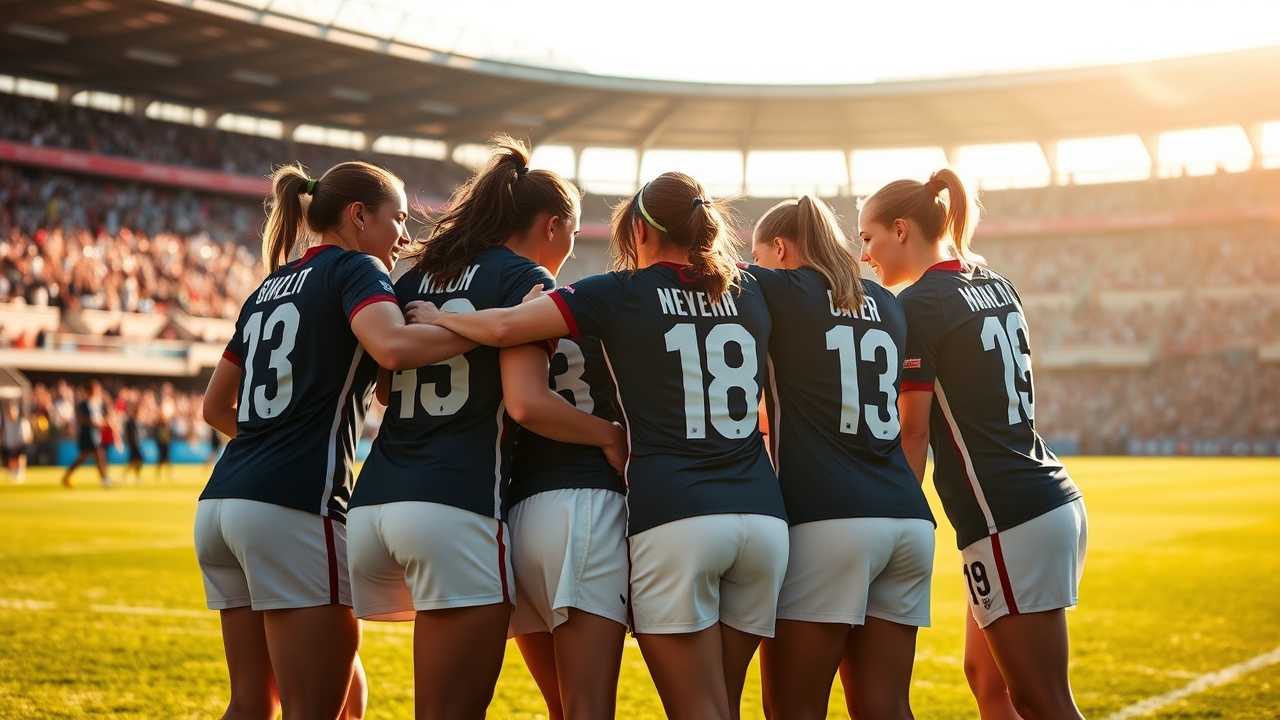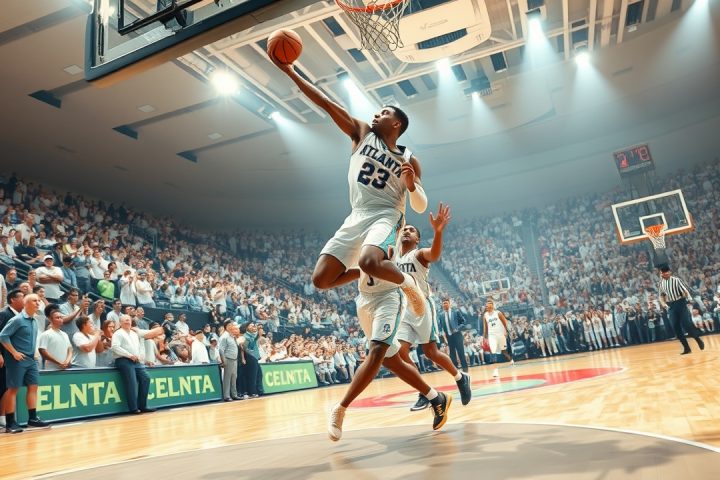The U.S. Women’s National Soccer Team: A New Era
The U.S. women’s national soccer team, renowned for its illustrious legacy spanning over four decades, is currently in a transformative phase characterized by a notable infusion of youth and less experience among its players. Historically, the squad has been filled with prominent leaders and star athletes, where 14 individuals have earned over 200 appearances, and three have surpassed the 300-cap milestone.
However, with the retirement of legends like Alex Morgan, Megan Rapinoe, and Becky Sauerbrunn, the team faces an absence of familiar faces at the helm as they chart their course to the 2027 World Cup under head coach Emma Hayes.
Youthful Lineup and Generational Change
In a recent match against Brazil, Hayes fielded the team’s youngest lineup in 24 years. Since taking the reins last November, she has called up 23 players for their first national team appearances. The current squad includes 15 athletes who have participated in 10 camps or fewer, with the goalkeepers collectively holding only four caps. This shift marks a significant generational change within a program that has historically set the benchmark in women’s soccer, claiming four World Cups and five Olympic gold medals.
“We have a lot of new players that lack experience,” Hayes acknowledged in a recent interview. “It’s crucial that we transfer our standards in the right way.”
The Challenge of High Expectations
The challenges of nurturing a new wave of talent amidst high expectations from fans and the sporting community alike cannot be underestimated. While the transition of players is a typical cycle within any sports team, it feels particularly monumental for the USWNT due to its legacy of excellence and the gap left by their retiring stars.
Hayes’ tenure began with immediate success, leading the team to an Olympic gold medal within a few months of her appointment. However, her strategic focus is now on long-term development, engaging veteran players in meaningful discussions about leadership dynamics to ensure that core values and work ethics are imbued in the new members.
Building New Leaders
Recent conversations among the players focused on the concept of leadership within the team, with Hayes championing players like Lindsey Heaps and Naomi Girma as vital to the team’s structure. Heaps has emerged as the team’s captain and holds the distinction as the most capped player, bridging the connection between the old and new guard. She is one of the few members remaining from the 2019 World Cup-winning cohort, along with Dunn, emphasizing the veteran presence necessary to guide youthful teammates.
The responsibility on the current generation is monumental, particularly in light of the advocacy work undertaken by past leaders like Sauerbrunn, Morgan, and Rapinoe, who fought for equal pay for female athletes. Sauerbrunn expressed hope that this newer group might not have to bear such significant pressures off the field, though she acknowledged it’s a part of their role now.
Emerging leaders like Sam Coffey, who also captains her club team, embody the evolving nature of leadership on the squad. Despite having minimal overlap with the previous star-studded generation, Coffey actively seeks guidance from the veterans while adapting her style to the team’s current needs.
Looking Ahead
In addition, 24-year-old vice-captain Girma is expected to take on a more pronounced leadership role moving forward, but the squad is grappling with injuries and absences that have left it under-resourced in veteran experience. With key players like Trinity Rodman, who has shown promise as a potential future star, sidelined due to various circumstances, the team is still seeking to establish a clear successor to the leadership mantle.
Amidst the backdrop of the team’s ongoing transformation, coach Hayes has become a formidable figure recognized for her strategic vision and success in women’s coaching. Her role will continue to be critical as the USWNT navigates the complexities of building a cohesive identity from a team rich in raw talent but lacking the polish of seasoned stars.
As the young players come together, one cannot help but wonder who among them will emerge as the next face of the USWNT—a question that remains unresolved in the wake of significant player turnover. Though absent of a clear frontrunner at present, this search for leadership is a natural progression in the evolution of the team. The question of who will assume the mantle is one that will gradually unfold as the newcomers gain experience and confidence on the field.




